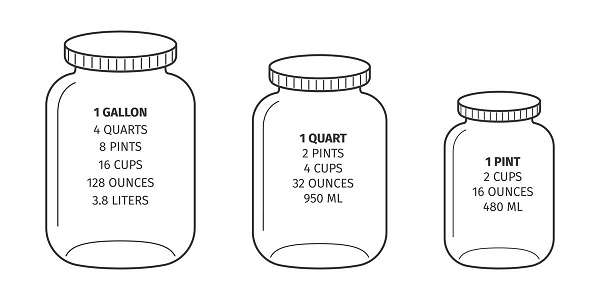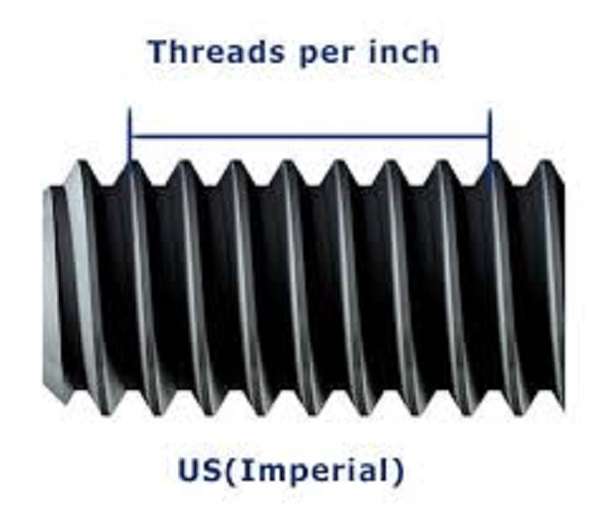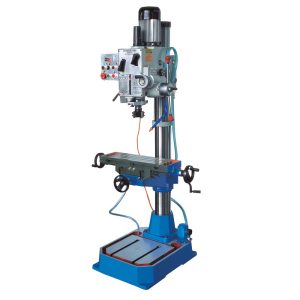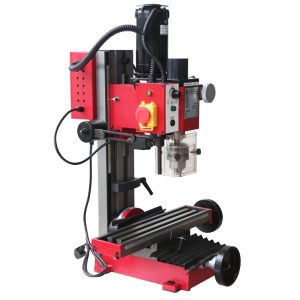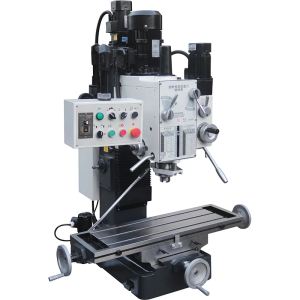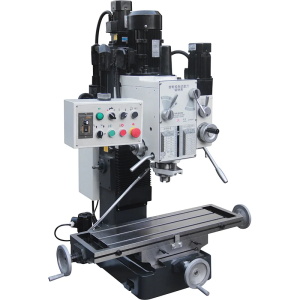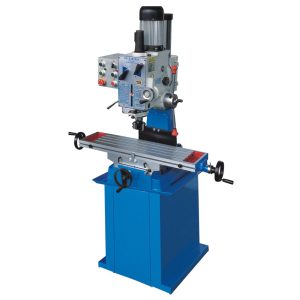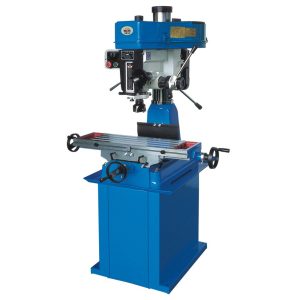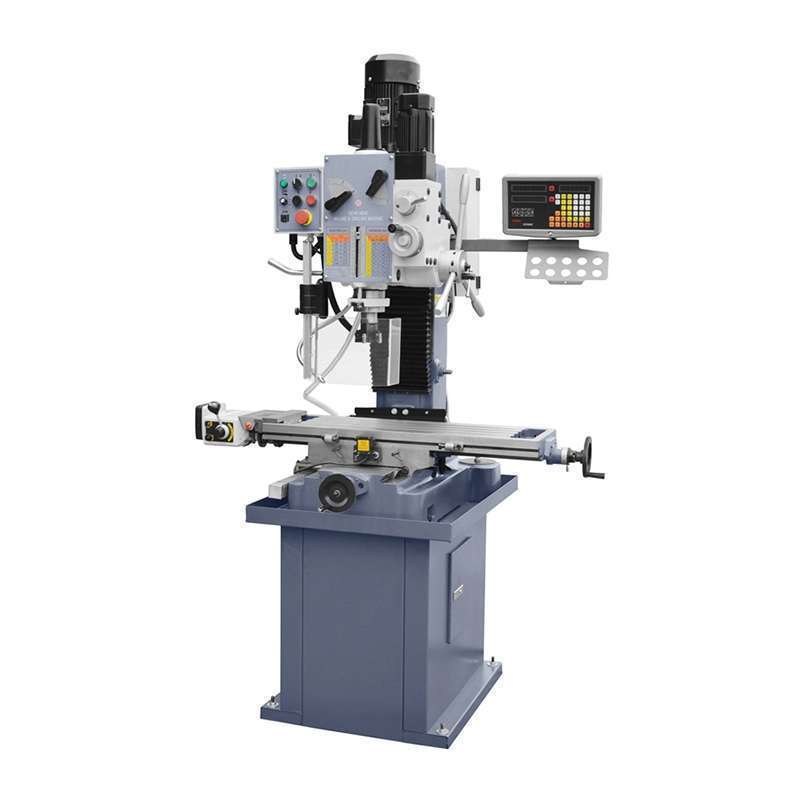Imperial vs Metric,What is the Distinction Between Them?
Introduction:
Two extensive measurement standards operated worldwide receive comparison through Imperial and Metric systems.
Typically used around the world stands the Metric system which utilizes multiples of ten due to its easy comprehension and predictable nature. The United States together with certain other nations continues utilizing the Imperial measurement system which incorporates units such as inches, feet, and pounds.
Accuracy in science along with engineering and trade operations requires a firm comprehension of the substantial differences that exist between Imperial and Metric units.
The article establishes the fundamental differences between systems while identifying appropriate use cases for each measurement system.
1. What is imperial?
The Imperial system found its beginning in Britain where it continues to serve as one of the official measurement systems for the United States among several other nations.
The measurement units contained within the system include inches, feet, miles, pounds, and gallons. Because the Imperial system features diverse conversion elements instead of a decimal format like the Metric system it requires complicated calculation procedures.
The Imperial meaning in measurement established a common rating system for length weight and volume before nations adopted the Metric system globally.
Almost all nations use metric measurement today yet Imperial units continue operating in specific industrial applications together with traditional cultural values and daily measurement practices in particular parts of the world.
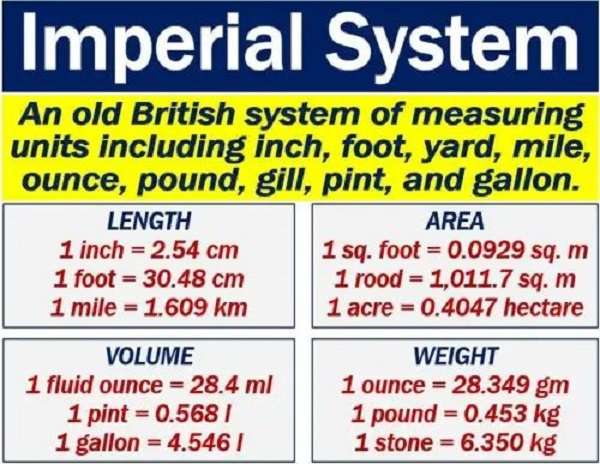
2. Imperial application
The Imperial system is used to a large extent in the United States and has ordinary effects on measurements such as distance—miles, weight—pounds, and volume—gallons. The Metric system serves as the dominant measurement standard across most countries worldwide yet the United States stands out as the key modern user of the Imperial system.
Is the Imperial System Used by Whom?
- United States: The most prominent user of the Imperial system for most daily activities.
- Liberia: A small nation, which still uses the Imperial system of measurement for some applications.
- Myanmar: Another country where Imperial units are still used in some areas.
SI Imperial: A Mixture of Two SystemsThe SI Imperial system is a hybrid way of attaching the International System of Units, SI, to the traditional Imperial units.
This combination is especially useful in such fields as engineering and science, where standardized measurements are necessary but Imperial units remain relevant.
- Engineering and Industry: SI Imperial finds its way into many applications in the design and manufacture of equipment where both measurement systems need coexistence.
- Science: An Imperial unit can be used in some scientific applications of measurements—especially in the U.S.-but still adheres to conventions.
3. What is metric?
As a worldwide standardized system of measurement, the Metric System uses a decimal approach to measure both scientific and commercial along with casual needs.
Length is measured in meters, weight in grams, and volume in liters; these three units form the standard metric system, which serves as the foundation of units.
Its foundation as a system based on 10 multiple units allows simple conversion between units.
People use metric conversion charts table to convert between units such as kilometers, meters, grams kilograms, or milliliters and liters which simplifies metric measurement operations.
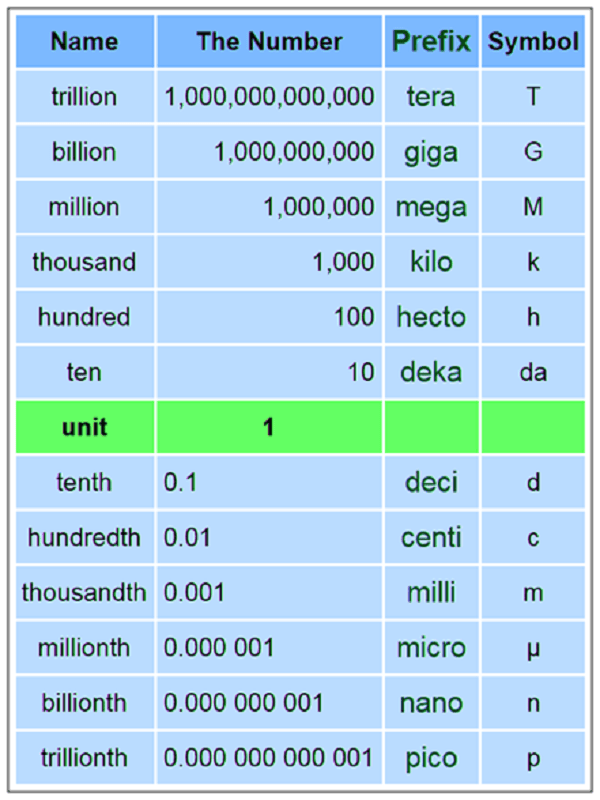
4. Metric Application
Global measurement systems differ between the Metric system and Imperial systems according to this debate.
Multiple nations worldwide embrace the Metric system of decimal units yet most U.S. citizens and others in a few areas continue to use the Imperial system.
The Metric system provides numerous compelling benefits because it offers standardized units that simplify conversions and make measurements easier to understand.
Key Applications of the Metric System
- Science and Research:
The metric system is universally used because it is decimal-based and hence easy to calculate and convert. Scientists the world over, therefore, use the Metric system to keep things uniform while collecting and analyzing data.
On the other hand, the imperial system tends to confuse matters when there is international cooperation.
- Global Trade:
The Metric system is of great importance in international trade because most nations use it as the standard unit of measurement for weight, volume, and length. This makes trading easier and reduces errors in transactions.
The Metric vs Imperial issue can create a barrier in trade when goods are measured in incompatible units.
- Everyday Life:
The Metric system is used in ordinary life, such as cooking, traveling, and fitness. Although the Imperial system may be dominant in some parts of the world, the Metric system is gradually taking over because of its simplicity and ease of use.
The Metric system proves to be more efficient and useful compared to the Imperial system of measurement in general applications.
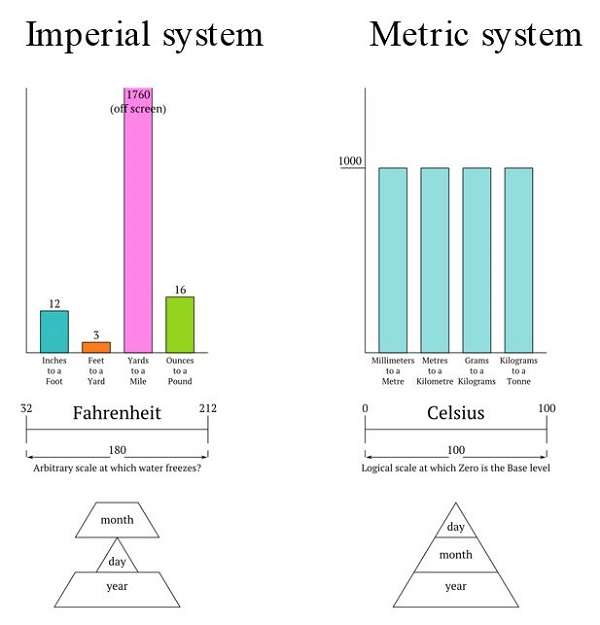
5. How do you choose imperial or metric for Your Application?
When choosing whether to use Imperial or Metric measurements for your application, one needs to understand the difference between Imperial and Metric systems.
Among the things that should be considered are location, industry standards, and the nature of the task. Both have particular applications, and the best option will rely on the situation.
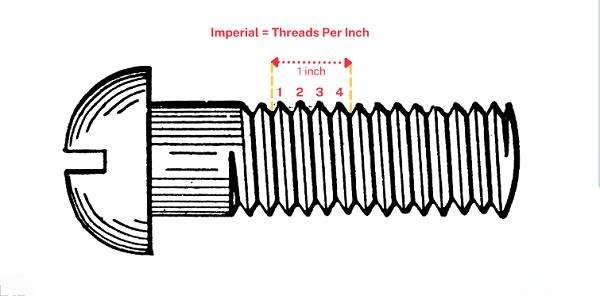
Key Considerations: Metric System vs Imperial System
- Geographical Location:
The first and foremost thing to consider when comparing metric and imperial is the geographical location of your operation or audience. The Metric system operates worldwide but the United States and several other countries besides the U.S. depend on the Imperial system.
If you are going to operate internationally, the Metric system would generally be able to offer you standardization and ease when communicating your message.
- Industry Standards:
Since most industries have adopted one system or the other for consistency, scientific research, engineering, and global trade are based mainly on the Metric system.
Some American industrial and construction companies still utilize the Imperial system.
- Ease of Use:
The metric system is often considered simpler, being based on multiples of 10 and thus making arithmetic and conversions much easier.
In contrast, the Imperial system, with units like feet, inches, and pounds, can become far more cumbersome to work with, especially for those doing lots of calculations.
Ultimately, the decision between the metric and imperial debate and your specific application needs will go on to determine what is best in terms of accuracy, efficiency, and standardization.
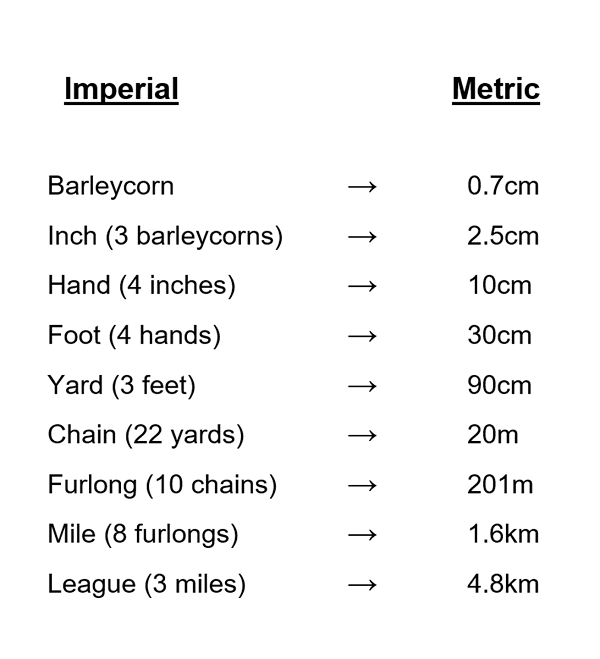
Conclusion
In the Imperial versus Metric system, the Metric system has become more adopted worldwide, due to its simplicity and consistency, especially in scientific and international contexts.
While the Imperial system is predominant in some regions, like the United States, it does create difficulties in cross-border communication and trade.
In the final analysis, the Metric system is far more practical for standardization, though the Imperial system does have its place in specific industries and regions. The choice of one over the other will depend on location and application needs.
Don't forget to share this post!
Related Products
CONTACT US
Tell us your raw material and working details to get quotations within 24 hours.
WhatsApp Us: +86 159 27 555863

Want the best price & newest metal working machinery buying guide,tips and trends sent straightly to your box?Sign up for Armpro's monthly newsletter,we're free for your consultation and Offer you the most suitable working solutions!
The Buyer's Guide
- Tapping Machine: The Ultimate Buying Guide in 2021
- Electric Tapping Machines:the Ultimate Buying Guide in 2021
- Drilling Machine: The Ultimate Buying Guide in 2021
- Grinding Machine:The Ultimate Buying Guide in 2021
- Metal Band Saw Machine :The Complete Buying Guide in 2021
- Pneumatic Tapping Machine:The Complete Importing Guide in 2021
- Bench Tapping Machine:The Complete Buying Guide in 2021
- CNC Tapping Machine:The Complete Buying Guide In 2021
- Magnetic Base Drill Machine:The Ultimate Buying Guide in 2021
- Drilling And Tapping Machine:The Complete Buying Guide in 2021
